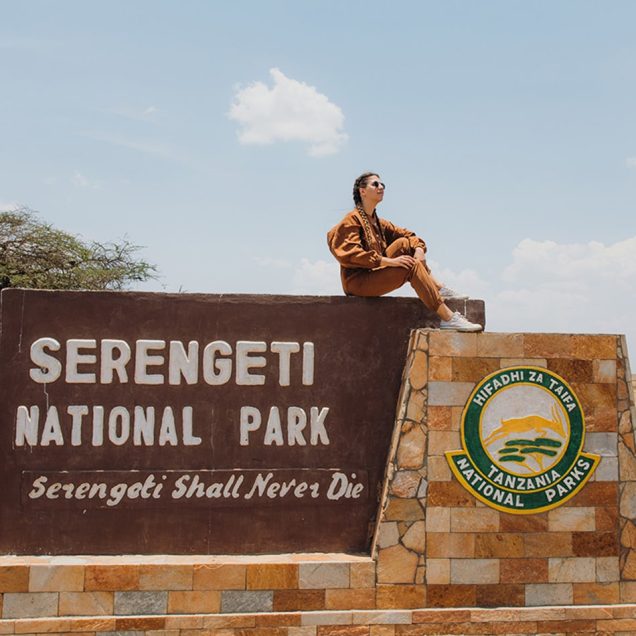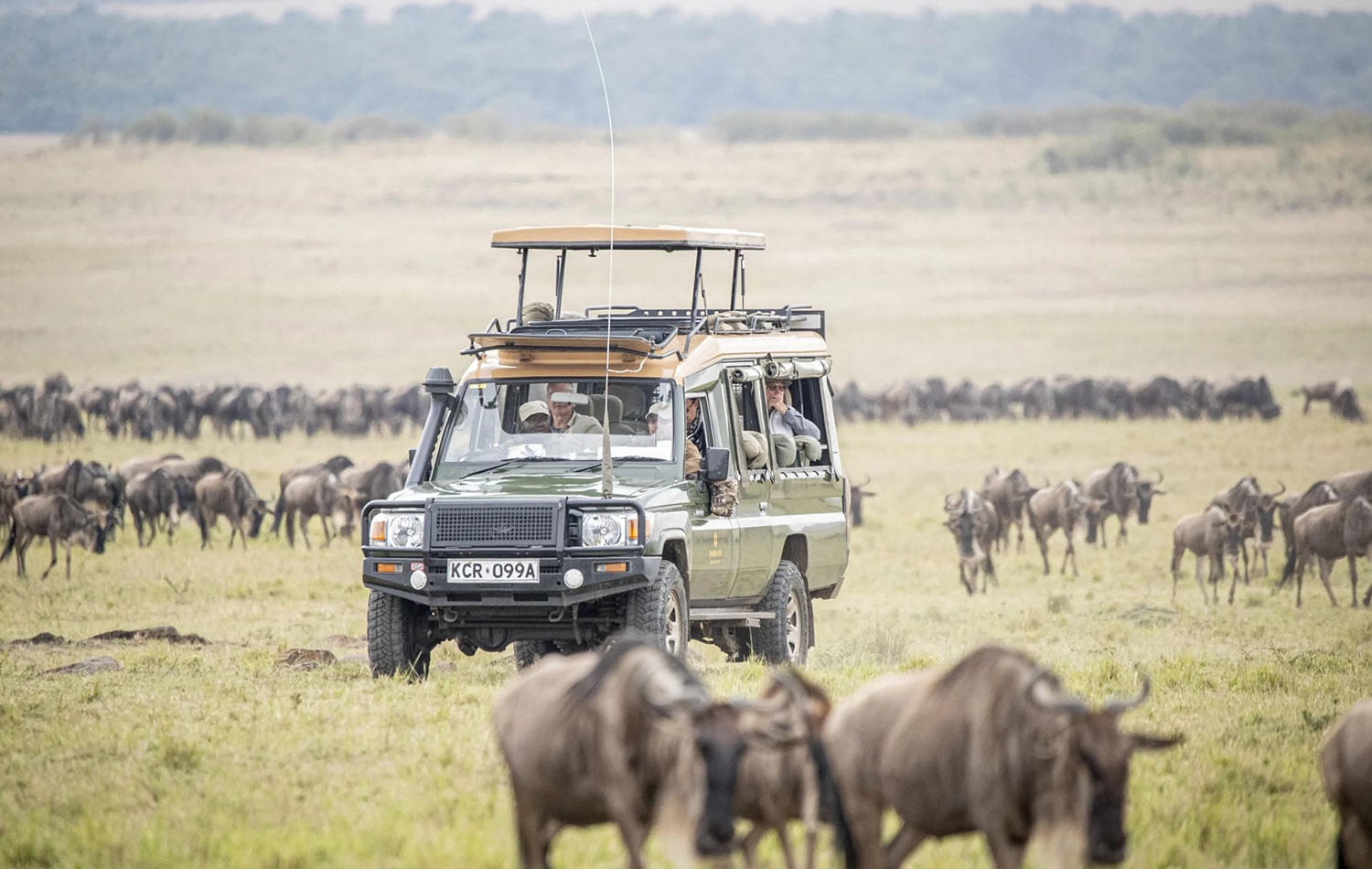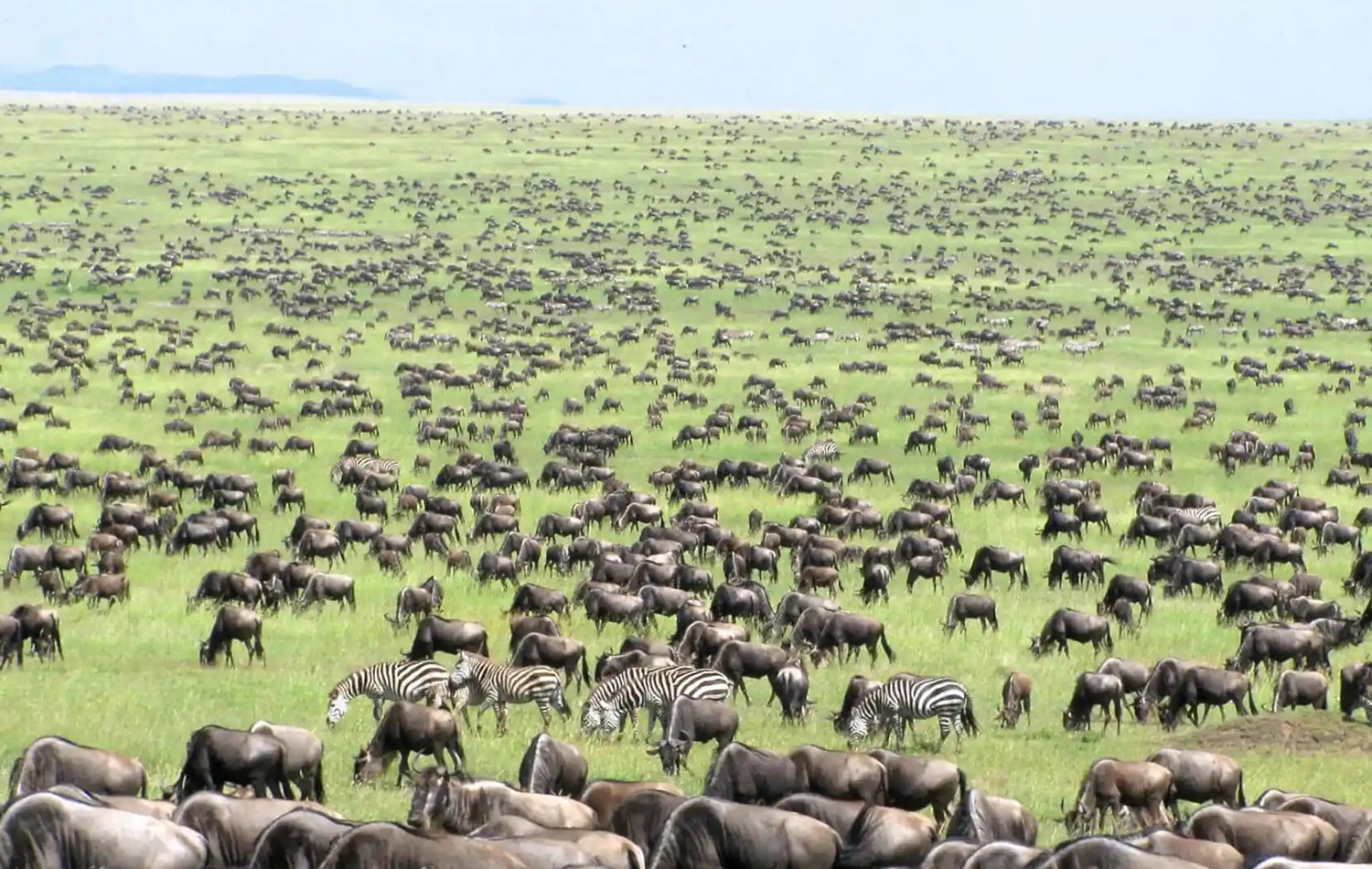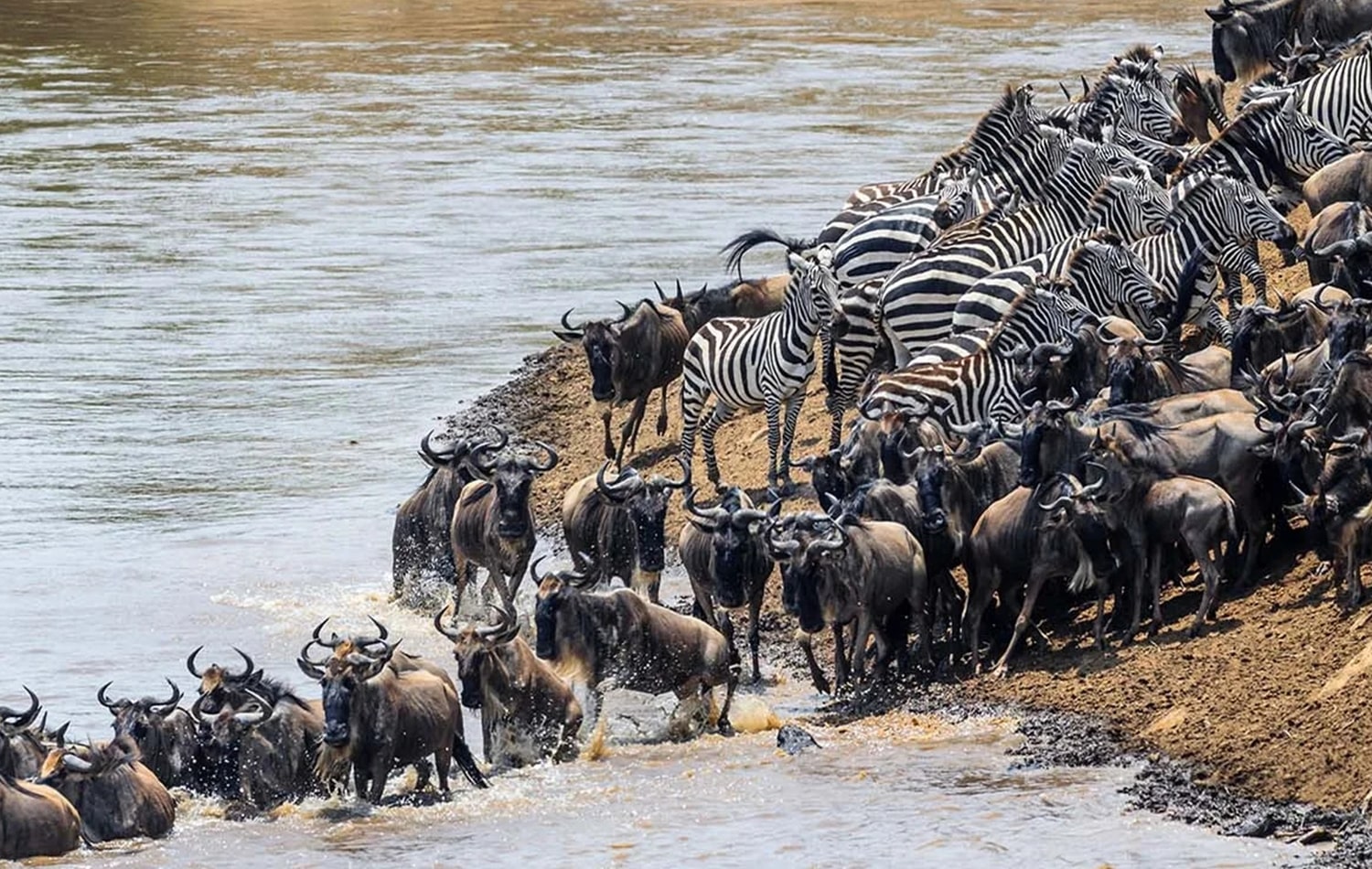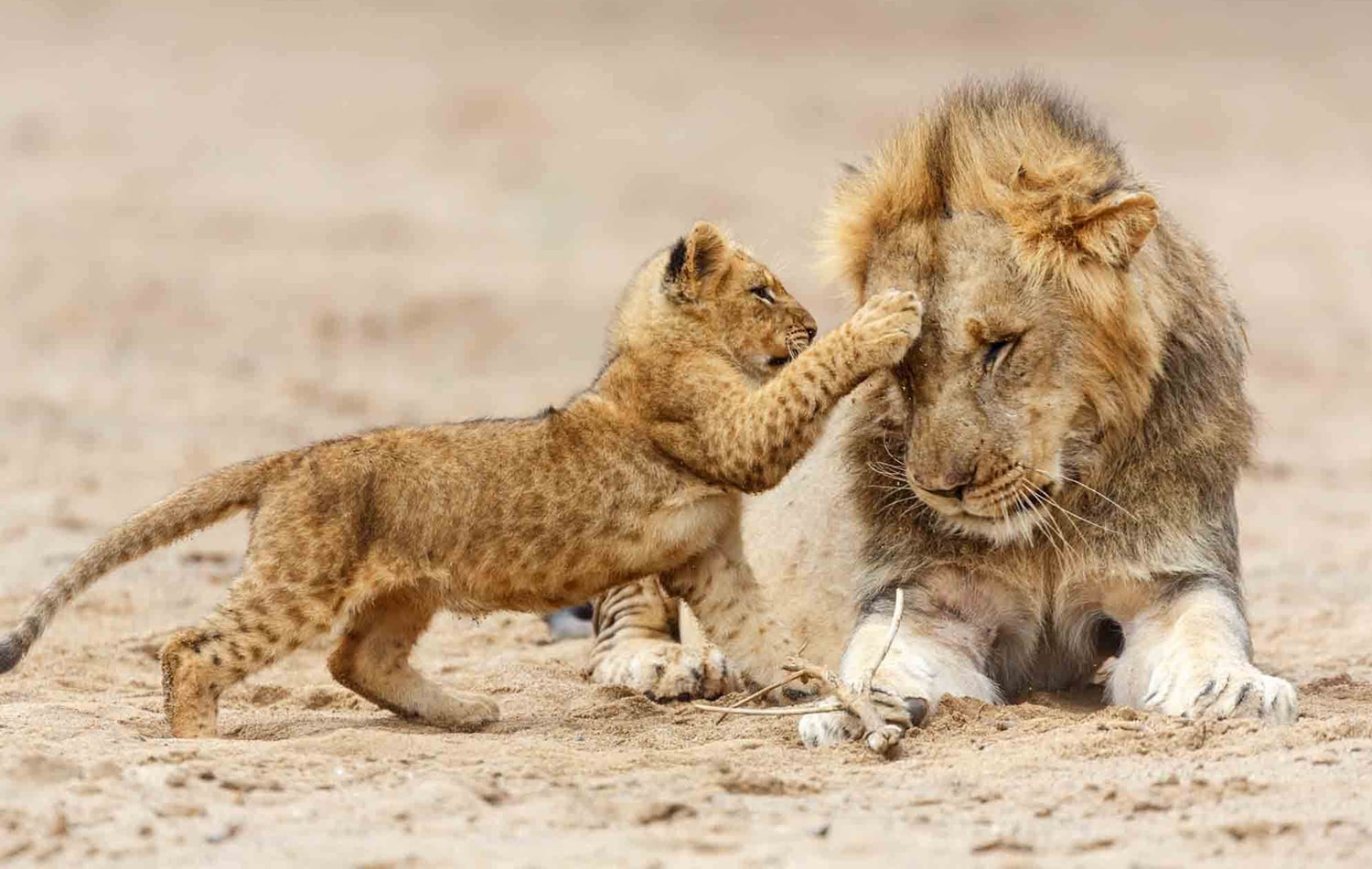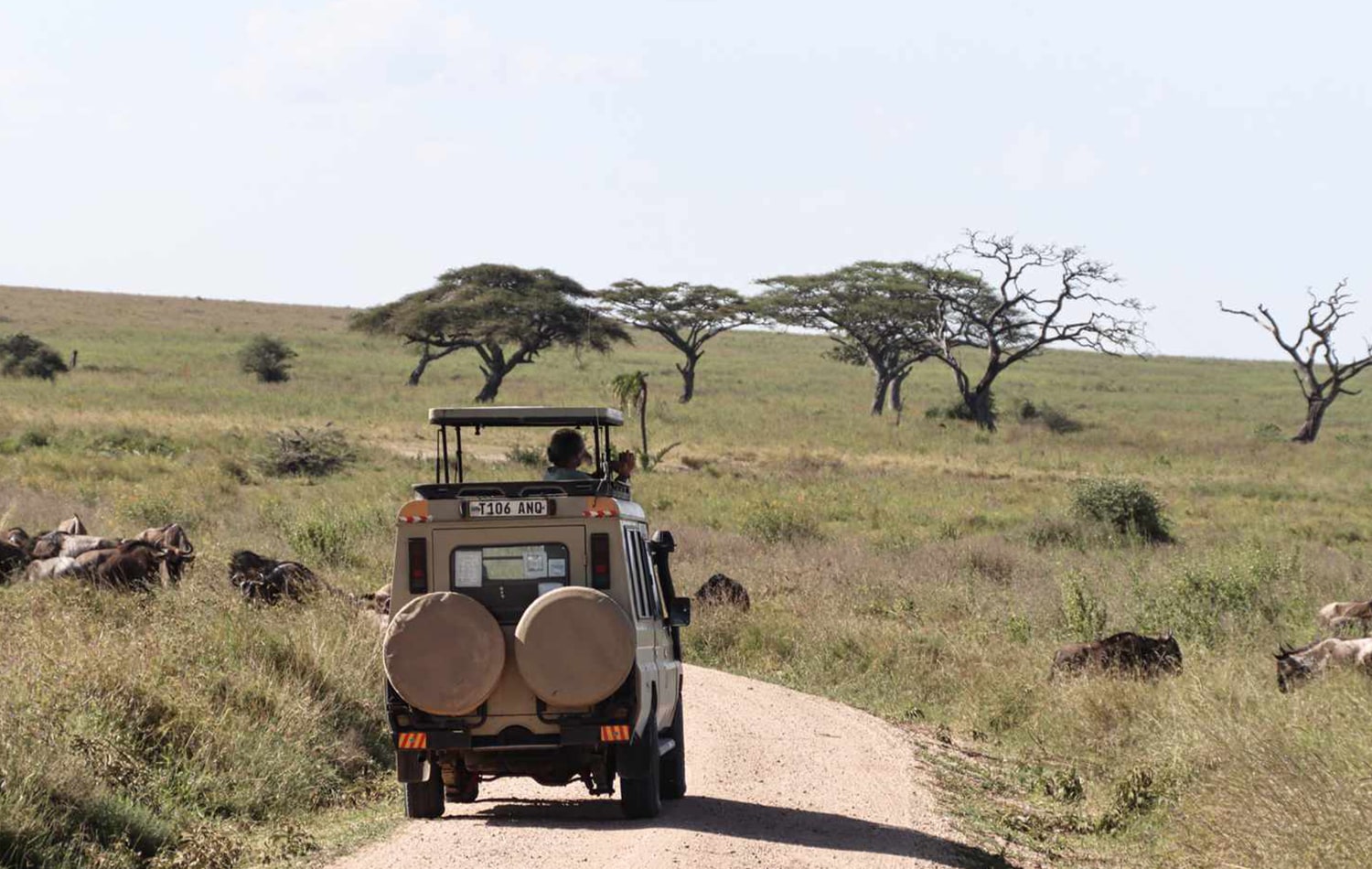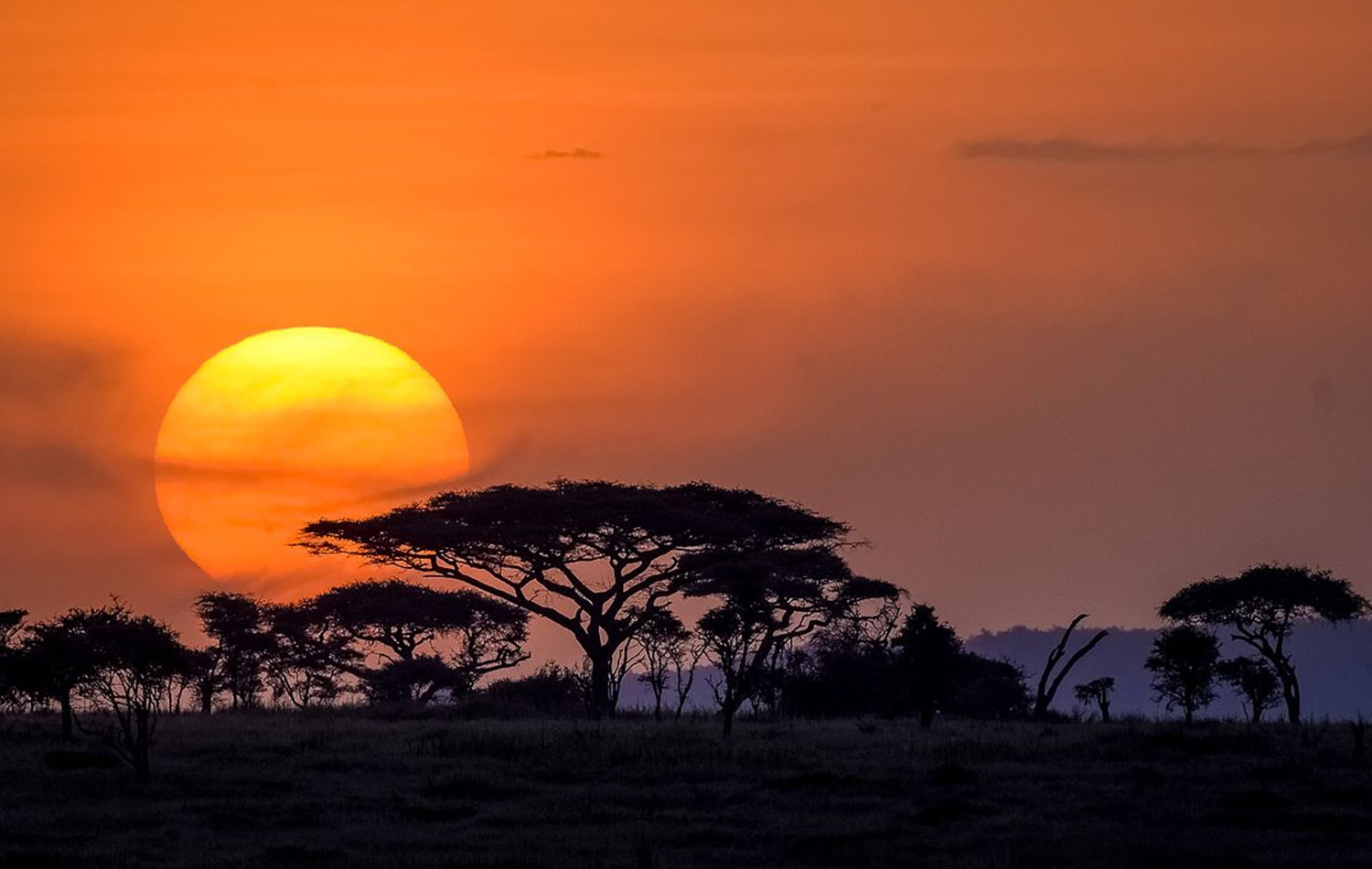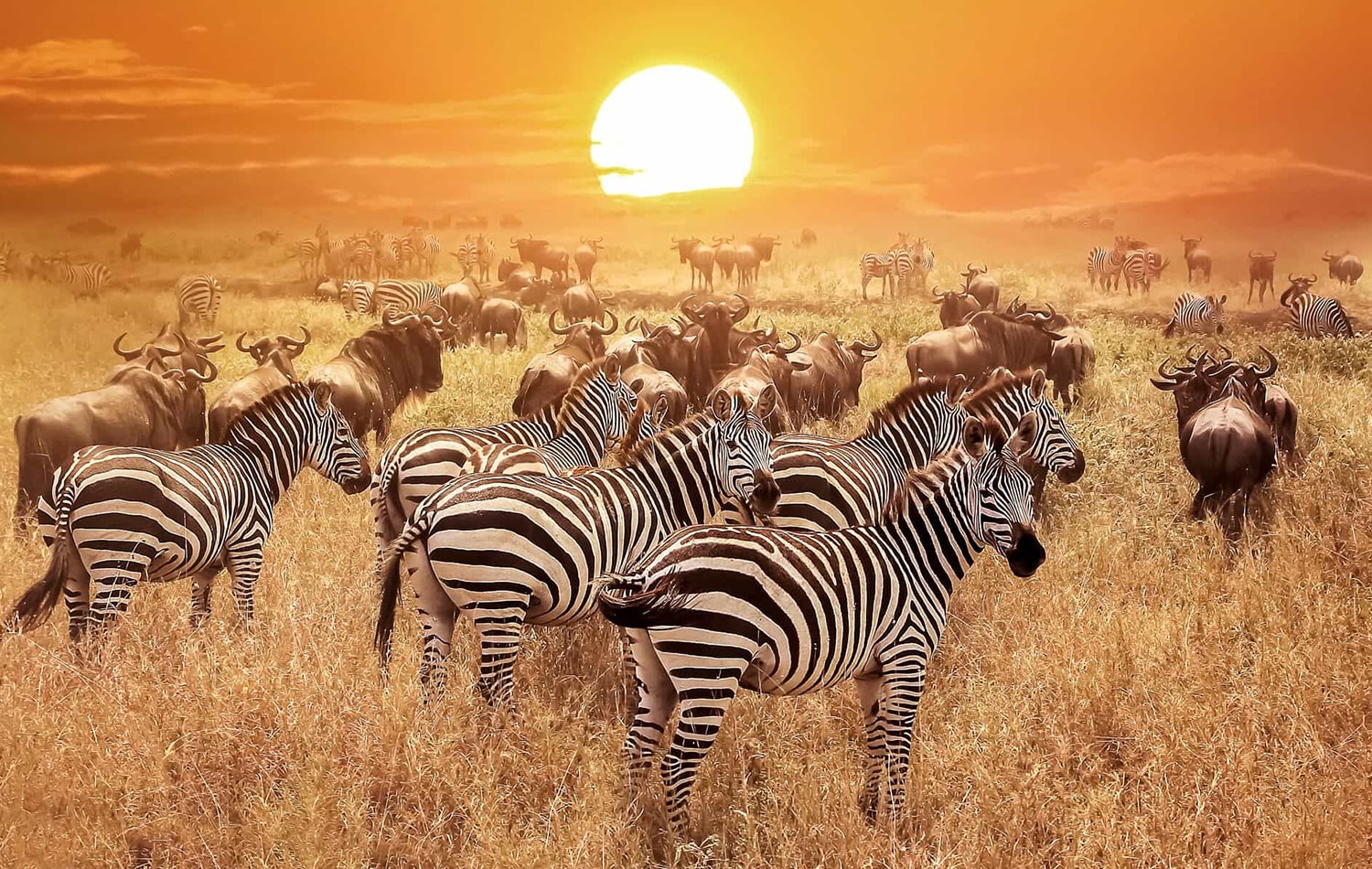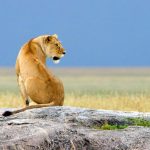

Overview
Serengeti National Park, located in northern Tanzania, is one of Africa’s most iconic wildlife destinations. Renowned for the Great Migration, where millions of wildebeests and zebras move across the plains, it offers unmatched game viewing year-round. Covering nearly 15,000 square kilometers, the park features vast savannas, woodlands, and rivers, supporting rich biodiversity including lions, elephants, cheetahs, leopards, and over 500 bird species.
Sights
Map
Info
The Timeless Plains: Serengeti’s Legendary Landscape
Serengeti National Park is a place where time seems to stand still, and nature plays out its age-old drama on one of the world’s most iconic stages. Spanning nearly 15,000 square kilometers in northern Tanzania, this UNESCO World Heritage Site is a vast ecosystem of endless savannas, scattered acacia trees, rocky outcrops (kopjes), seasonal rivers, and low-lying woodlands. Its name, derived from the Maasai word “Siringet,” means “The place where the land runs on forever” which aptly describes its seemingly boundless horizon. The park forms the centerpiece of the Serengeti ecosystem, which also includes adjacent reserves and conservation areas such as the Ngorongoro Conservation Area and Kenya’s Masai Mara.
It’s not just the scale of Serengeti that inspires awe, but its timeless beauty — golden grasslands lit by the setting sun, thunderclouds building over open plains, and herds of animals stretching as far as the eye can see. The landscape itself is a living museum of ecological balance and harmony, shaped by ancient migrations and adapted to seasonal changes. Each zone in the park has its own ecological character, from the open plains in the south to the riverine forests in the north, providing ideal habitats for a wide variety of wildlife and vegetation. It is this geographic and ecological diversity that makes Serengeti one of the most complete and resilient natural systems on Earth.
The Great Migration and Serengeti’s Wildlife Marvels
Serengeti is best known for hosting the Great Migration, the world’s largest and most spectacular overland wildlife movement. Every year, over 1.5 million wildebeests, 200,000 zebras, and 400,000 gazelles traverse the park in a circular journey spanning Tanzania and Kenya in search of fresh grazing and water. This breathtaking phenomenon, driven by the rhythm of the rains, brings with it dramatic scenes: mass river crossings filled with peril, calves being born on the plains, and predators lurking at every turn. The migration is not only a highlight of Serengeti but a cornerstone of its ecological vitality.
Apart from the migration, Serengeti boasts one of the densest populations of large predators in Africa, including over 3,000 lions, numerous leopards, cheetahs, spotted hyenas, and jackals. The park is also home to elephants, giraffes, hippos, crocodiles, buffaloes, and the critically endangered eastern black rhinoceros, which can occasionally be seen in the park’s protected areas. In the skies and trees, over 500 species of birds bring color and song, including secretary birds, vultures, ostriches, and lilac-breasted rollers. From termites to top predators, Serengeti’s food web is intricate, ancient, and alive, offering something to witness in every season and corner of the park. It is truly a sanctuary where wildlife still roams free, following the rhythms of nature as they have for millennia.
Safari Adventures and the Spirit of Conservation
Beyond the abundance of wildlife, Serengeti offers an unparalleled safari experience. Whether exploring on a sunrise game drive, floating over the plains in a hot air balloon, or camping under starlit skies, visitors are immersed in one of Africa’s most majestic wildernesses. The park’s accessibility from Arusha and its link to other top destinations in the Northern Safari Circuit — such as Ngorongoro Crater, Lake Manyara, and Tarangire — makes it a central piece of most Tanzanian itineraries. The dry season (June to October) is ideal for viewing big cats and large mammals, while the green season (November to May) is perfect for birdwatching and witnessing the birth of wildebeest calves. Luxury lodges, tented camps, and public campsites offer a range of experiences catering to every kind of traveler.
Serengeti is not just about tourism — it’s a beacon of global conservation. The park’s management, supported by Tanzanian authorities and international partners, focuses on habitat protection, anti-poaching efforts, and community involvement. Nearby villages benefit from conservation-based tourism, while research stations in the park contribute to our understanding of ecology, behavior, and climate resilience. Serengeti is more than a destination; it’s a symbol of wild Africa, a last frontier where nature’s rhythms still define life, and where humanity’s role is to observe, protect, and be humbled.

